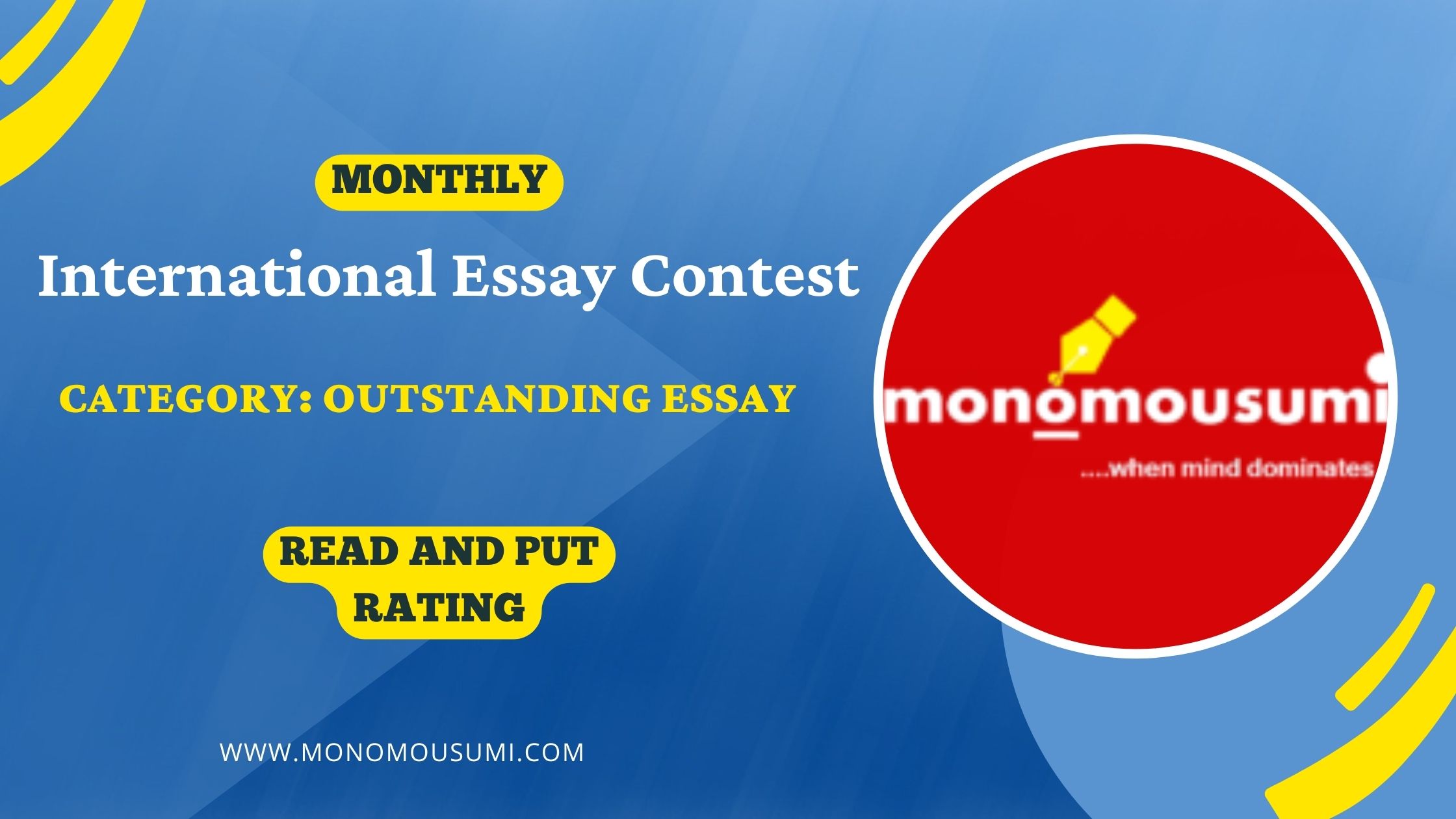
Frogs
One of the biggest problems in cities in Indonesia is garbage. Indonesia is one of the biggest producers of plastic waste. About 3.2 million tons of plastic waste are generated every year. Most of the plastic waste is not processed so that it pollutes the environment and often causes flooding in various places. Thus, the community is expected to be able to manage this plastic waste to create a clean, healthy environment and prevent flooding which can harm the community itself.
Garbage can be understood as the result of human activity. Garbage consists of two types of waste, namely organic waste and inorganic waste, organic waste such as dry leaves, twigs, fruit peels, etc. The natural benefits of this organic waste can be fertilizer for plants, while inorganic waste such as plastic is a very big problem because plastic is known as a material that takes a very long time to decompose. environmental influences, such as damage to soil quality, other plants do not thrive and can also affect the quality of polluted river or sea water.
In everyday life, humans cannot be separated from the use of plastic. Starting from food, drinks and other items wrapped in plastic. The use of plastic was chosen because it is more practical and economical. Plastic is also easier to obtain. In terms of food packaging, using plastic is more efficient and sustainable than using banana leaves which dry out easily. Also the quality of the packaging looks more attractive compared to other packs.
Waste management in Indonesia is still an unsolved problem. Waste reduction activities both at the community level such as source owners and at the regional level are still around 5% because waste is processed at the Final Processing Site (TPA) while landfills are very limited landfills. The biggest component of waste in the TPA besides organic waste (70%) is also non-organic waste, namely plastic waste (14%). Based on data from the Ministry of Environment and Forestry that the total volume of Indonesian waste in 2019 reached 68 million tons and plastic waste was estimated to reach 9.52 million tons and the results of Jeena Jambeck’s research in 2015 showed that Indonesia was ranked second in the world for plastic waste generation. sea by 187.2 million tons, the Ministry of Environment and Forestry is targeting to reduce more than 1.9 million tons of plastic waste in 2019.
The most widely applied plastic waste management is the 3R concept (Reuse, Reduce, and Recycle) and its alternatives. Another thing that many have learned is recycling plastic waste into fuel oil. keywords:
plastic waste, recycling, fuel oil. Waste management using the eco-tile method can be a solution to reduce plastic waste by utilizing it in furniture (chairs, tables), walls and even the whole building. Therefore this eco-brick method can reduce plastic pollution in the environment, not only that this eco-brick method can also be formed into useful and attractive goods, so that they have economic value that can be traded.
Ecobrick is a visionary innovation developed as a plastic waste processing solution. Derived from two words eco and brick, it is defined as an eco-friendly brick. Ecobrick itself was created by Rusel Maier, an artist from Canada in Indonesia. Developed from plastic or plastic waste, eco-bricks have the basic properties of this plastic, which are strong, waterproof and durable.
Ecobrick’s goal is to reduce the amount of plastic waste and recycle it into something useful with plastic bottles. An example of its use is in the manufacture of tables, chairs, walls and other artistic items which also have a sale value. This method has been proven to reduce plastic waste in Canada, the country where eco-brick creator Russell Maier lives. Indeed, the benefits of ecobrick also have a financial value. Besides saving on the cost of making the above products, you can also sell them on the market. Currently, many ecobricks are being sold on online buying and selling platforms. In fact, several waste banks in several regions of Indonesia are also willing to buy ecobricks with a certain amount of money.
The way to do this looks easy, but it’s not fast, by means of a 600 ml plastic bottle filled with about 250 grams of plastic waste. Meanwhile, a 1.5 liter plastic bottle holds around 600 grams. Items that can be used as fillings are plastic bags, plastic straws, Styrofoam, plastic wrap, etc. Items that cannot be used include glass, sharps, paper and biodegradable waste. This solution has been developed and implemented widely around the world, including in Indonesia. after the eco-brick bottles are collected, they can then be assembled and assembled with adhesive in the form of glass glue, which will later be used to make simple buildings. furniture products such as benches, chairs or tables. Then it can be placed in schools, city parks or other public places, for example. It can even be used as a material for making walls, like bricks in general.
In my opinion, with ecobricks, people can use them as a source of income, such as selling them to waste banks or making crafts that are useful and have a sale value, such as tables and chairs. In addition to reducing plastic waste in Indonesia, ecobricks can also be a promising source of income. However, it should be underlined that ecobrick also has some weaknesses. Among them are ecobricks that can be exposed when exposed to hot sun and ecobricks themselves cannot be used as substitute materials for building materials.
By: Meidina Noor Afifha
Write and Win: Participate in Creative writing Contest & International Essay Contest and win fabulous prizes.


